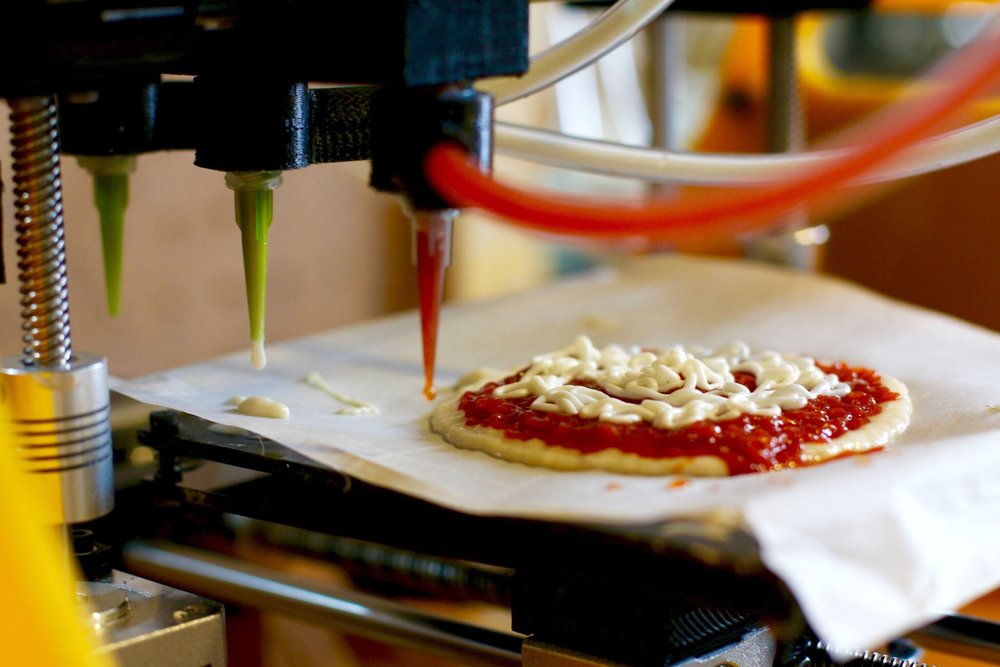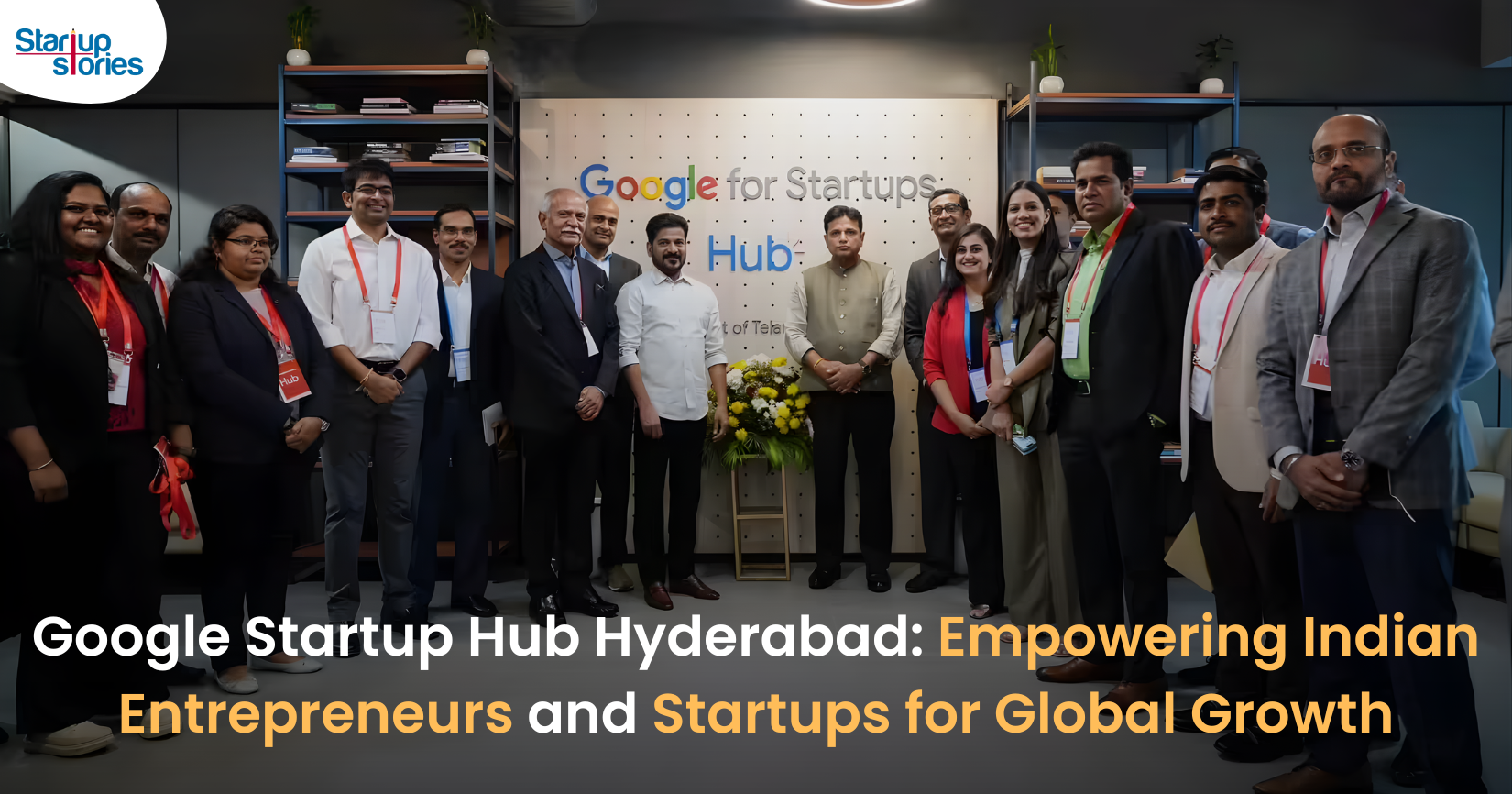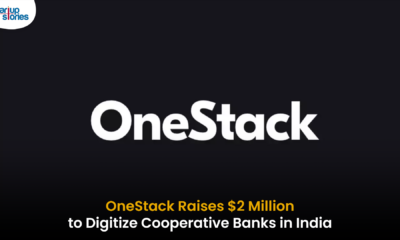Technology
Eat Scrumptious Food Now With 3D Food Printers!

It is 2018 and 3D technology that is long priced now, gets you 3D food printers.
A 3D printer is a device that creates an object in three dimensions. It builds an object by depositing a printing medium in layers. You can get customized cakes, printed desserts and even more good food via a 3D food printer.
Scientists and entrepreneurs around the globe have designed 3D food printing machines that may soon find their way into households.
So, how does a 3D food printer work?
These 3D food printers are not too different from a regular 3D printer. Instead of printing with plastics, it deploys edible ingredients squeezed out of stainless steel capsules. Users can also control the device remotely using a smartphone. They can also share their recipes with family and friends.
A Spain based company, Natural Machines Foodini, created an innovative 3D food printer. This printer was created in order to have easy access to quick meals. It is basically going to speed up the process of making a meal, provided with pen capsules that users load up with foodstuffs of their choice.
The Co founder of Foodini, Lynette Kucsma says,
“We think Foodini can be a kitchen revolution similar to how the microwave did it back in the ’70s.”
She also adds “There’s a touchscreen on the front that connects to a recipe site in the cloud, so it’s an internet of things, connected kitchen appliance.“
Foodini founders want people to move away from processed and packaged foods by giving them a way to make healthy foods from scratch in a time saving and an effective way.
However, the latest technology of 3D food printers is quite complicated. It consists of nozzles, powdery material, lasers and robotic arms to make sugar sculptures, patterned chocolate and latticed pastry. They also include geometric configurations that are actually complicated.
They use fresh ingredients loaded into stainless steel capsules to make delicious foods like pizza, stuffed pasta, quiche and brownies. They also print noodles with water and semolina flour. It prints your favourite food with all the available options enabled in a printer.
Rather than cooking your daily food you could just print your favourite food using these amazing 3D printers.
Apart from Foodini, other printers who are in the line are Choc Edge and ChefJet from 3D Systems.
This spectacular innovation lets you print, serve and eat your favourite food conveniently!
As of now, bakeries and confectionaries are using these printers to make mass quantities food and to save time.
News
Google Launches Startup Hub in Hyderabad to Boost India’s Innovation Ecosystem

Google has launched the Google Startup Hub Hyderabad, a major step in strengthening India’s dynamic startup ecosystem. This new initiative aims to empower entrepreneurs, innovators, and developers by giving them access to Google’s global expertise, mentoring programs, and advanced cloud technology. The hub reflects Google’s mission to fuel India’s digital transformation and promote innovation through the Google for Startups program.
Located in the heart of one of India’s top tech cities, the Google Startup Hub in Hyderabad will host mentorship sessions, training workshops, and networking events designed for early-stage startups. Founders will receive Google Cloud credits, expert guidance in AI, product development, and business scaling, and opportunities to collaborate with Google’s global mentors and investors. This ecosystem aims to help Indian startups grow faster and compete globally.
With Hyderabad already home to tech giants like Google, Microsoft, and Amazon, the launch of the Google Startup Hub Hyderabad further cements the city’s position as a leading innovation and technology hub in India. Backed by a strong talent pool and robust infrastructure, this hub is set to become a growth engine for next-generation startups, driving innovation from India to global markets.
Technology
Jio Unveils Cloud PC Service to Bring Affordable Computing to Indian Households

- Jio Platforms has launched JioPC, a cloud-based virtual desktop service that transforms any television connected to a Jio Set Top Box into a fully functional computer.
- Users simply connect a keyboard and mouse to access a desktop-like environment, complete with web browsing, productivity tools, and educational apps—all without needing a physical PC or extra hardware.
- The service is device-agnostic and works with all consumer PC brands, making advanced computing accessible and affordable for millions across India.
JioPC is designed to support a wide range of activities, from professional work to online learning and creative projects. By leveraging Jio’s robust cloud infrastructure, users can run even compute-intensive AI applications directly from their TV screens. The platform also ensures data security and reliability, as all files and settings are safely stored in the cloud, protecting users from data loss even if their device is reset or replaced.
With JioPC, Jio aims to democratize digital access and bring high-performance computing to Indian households at a fraction of the traditional cost. The service supports popular productivity suites like LibreOffice and Microsoft Office online, and Jio is offering a free trial to encourage users to experience the benefits firsthand. This innovative move is set to reshape how people in India work, learn, and connect in the digital age.
Technology
WhatsApp Introduces Ads in Updates Tab, Keeps Chats Ad-Free

Meta has officially begun rolling out ads on WhatsApp, ending over a decade of an ad-free experience since its acquisition in 2014. The advertisements will appear only in the Updates tab, specifically within the Status feature, which lets users share photos, videos, and text updates that disappear after 24 hours—similar to Instagram Stories.
Where Ads Will Appear
- Ads will be visible exclusively in the Status section of the Updates tab, keeping personal and group chats ad-free.
- Businesses can use these ads to encourage users to interact via WhatsApp messaging.
- Meta is also introducing paid channel subscriptions and promoted channels within the Updates tab, allowing users to access premium content and discover new channels more easily.
Privacy and Targeting
Meta has emphasized that private messages, calls, and group chats will remain end-to-end encrypted and free from advertising. Ads will be personalized using limited, non-sensitive data such as location, language, followed channels, and ad interactions. Users can further manage ad preferences if they link WhatsApp to Meta’s Accounts Center.
User and Business Impact
The move marks a major shift for WhatsApp, which has long resisted advertising to preserve a clean messaging experience. While some users have criticized the change, Meta sees this as a significant opportunity to monetize WhatsApp’s 3 billion users and over 200 million businesses on the platform.
In summary, WhatsApp’s new ads will be confined to the Updates tab, ensuring personal messaging remains private and uninterrupted, while opening new monetization avenues for Meta and businesses.














J88
November 7, 2025 at 6:15 pm
Đến với J88, bạn sẽ được trải nghiệm dịch vụ cá cược chuyên nghiệp cùng hàng ngàn sự kiện khuyến mãi độc quyền.
ios超级签
November 8, 2025 at 2:46 pm
苹果签名,苹果超级签平台,ios超级签平台ios超级签苹果企业签,苹果超级签,稳定超级签名
iwin
November 9, 2025 at 3:39 am
iwin – nền tảng game bài đổi thưởng uy tín, nơi bạn có thể thử vận may và tận hưởng nhiều tựa game hấp
MM88
November 11, 2025 at 3:54 pm
Với giao diện mượt mà và ưu đãi hấp dẫn, MM88 là lựa chọn lý tưởng cho các tín đồ giải trí trực tuyến.
谷歌站群
November 14, 2025 at 9:15 am
专业构建与管理谷歌站群网络,助力品牌实现全域流量的强势增长。谷歌站群
MM88
November 18, 2025 at 5:55 pm
Khám phá thế giới giải trí trực tuyến đỉnh cao tại MM88, nơi mang đến những trải nghiệm cá cược thể thao và casino sống động.
Kuwin
November 21, 2025 at 3:49 am
kuwin sở hữu kho game đa dạng từ slot đến trò chơi bài đổi thưởng, mang đến cho bạn những giây phút giải trí tuyệt vời.
GO88
November 22, 2025 at 11:54 am
Tham gia cộng đồng game thủ tại Go88 để trải nghiệm các trò chơi bài, poker phổ biến nhất hiện nay.